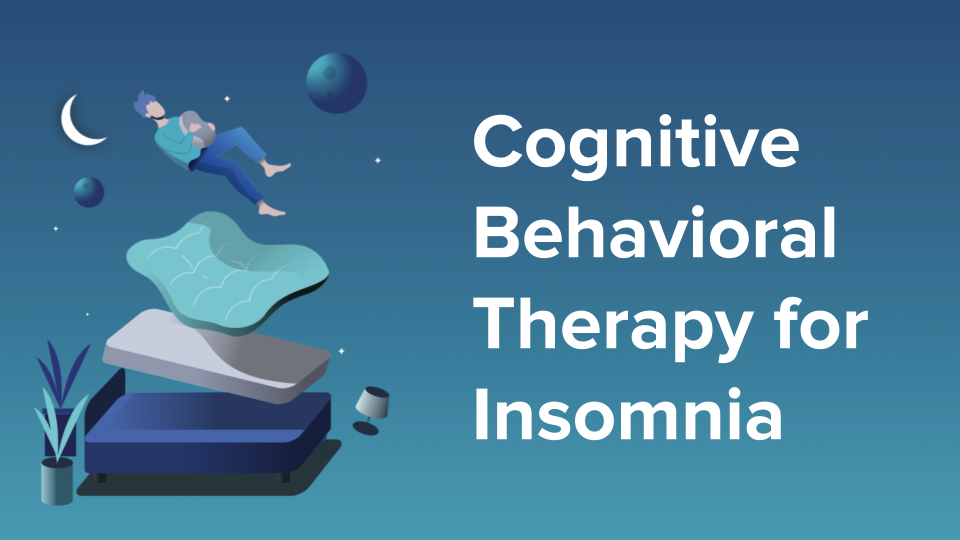

The chapter closes with a discussion about the need to adapt CBT-I for specific clinical conditions or demographic groups. The purpose of this chapter is to review the components of standard CBT-I, discuss its efficacy and effectiveness as a multicomponent therapy, and review common alternative approaches, rules, and therapies. With respect to the acronym CBT-I, this was adopted (the hyphenated or rodomized form of the acronym) to elicit the response I know what CBT is, but what the heck is CBT-I?! (i.e., the abbreviation was and is used so that patients and clinicians may distinguish the insomnia form of CBT from other modalities ).

Classical CBT-I included some form of relaxation training, though this is less true of contemporary protocols. CBT-I is typically comprised of Sleep Restriction Therapy, Stimulus Control procedures, and Sleep Hygiene instructions. Keywords: Insomnia Sleep restriction therapy Stimulus control therapy Cognitive therapy Sleep hygiene IntroductionĬognitive Behavioral Therapy for insomnia (CBT-I) is a multicomponent treatment that specifically targets sleep continuity disturbance a (difficulties initiating and/or maintaining sleep). The purpose of this chapter is to review and discuss the efficacy and effectiveness of CBT-I, its components, and, finally, discuss when it is appropriate to adapt CBT-I for certain medical/psychiatric conditions and/or demographic groups. When combined these interventions produce large treatment effects. CBT-I is a multicomponent treatment that consists of Sleep Restriction Therapy (SRT), Stimulus Control Therapy (SCT), Cognitive Therapy (CT), and Sleep Hygiene (SH). Perlisa,c,d a Behavioral Sleep Medicine Program, Department of Psychiatry, University of Pennsylvania, Philadelphia, PA, United Statesī Department of Psychological Science, University of Arkansas, Fayetteville, AR, United StatesĬ School of Nursing, University of Pennsylvania, Philadelphia, PA, United Statesĭ Chronobiology & Sleep Institute, Department of Medicine, University of Pennsylvania, Philadelphia, PA, United StatesĮ Department of Psychiatry & Behavioral Sciences, Stanford University School of Medicine, Stanford, CA, United States AbstractĬognitive Behavioral Therapy for Insomnia (CBT-I) has been repeatedly shown to be efficacious and is now considered the first-line treatment for insomnia for both uncomplicated insomnia (primary insomnia) and insomnia that occurs comorbidly with other chronic disorders (secondary insomnia). When is the adaptation of CBT-I warranted?Īlexandria Muench a,d Ivan Vargasb Donn Posnere Michael L. Traditional CBT-I components and delivery Chapter 1: Standard cognitive behavioral therapy for insomnia (CBT-I)


 0 kommentar(er)
0 kommentar(er)
